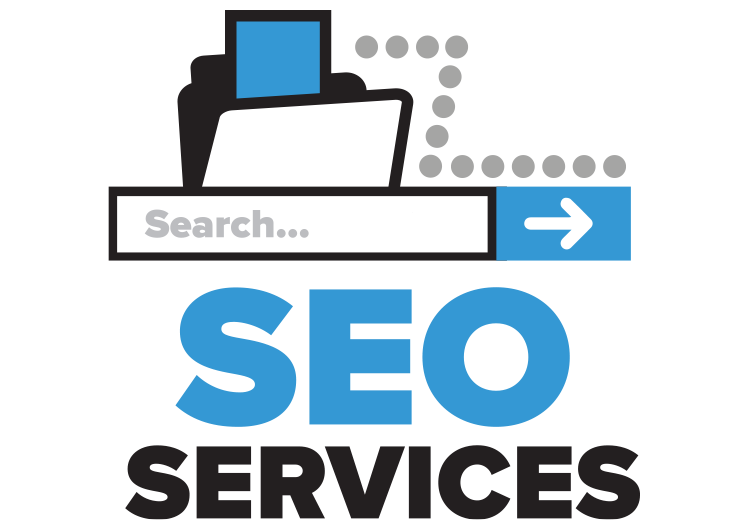![Inbound Marketing Analytics [What Should You Be Measuring?]](https://blog.greyphin.com/hubfs/greyphin-inbound-marketing-analytics.png)
Inbound marketing refers to the process of attracting and engaging customers by delivering valuable and relevant content, as well as building relationships with them. The goal of inbound marketing is to create high-quality content that meets users' specific needs while creating customer loyalty. This type of marketing uses search engine optimization (SEO), blog writing, social media engagement strategies, email campaigns, and other forms of digital tactics to provide value.
Theoretically, by utilizing these strategies, businesses can generate repeat customers and ultimately increase their bottom line. But, technically, inbound marketing analytics are needed to be measured in order to craft and adjust strategy accordingly.
What Should You Be Measuring for Your Inbound Campaigns?
Measuring the success of inbound marketing initiatives is essential for anyone looking to increase their profitability, visibility and engagement. It's important to track the right metrics,
both quantitatively and qualitatively, to identify which strategies and tactics are most effective.
Here are some of the most important metrics you should be staying on top of during your inbound marketing campaign efforts:
Website Traffic & Click Through Rates
Measuring website traffic is an important element of inbound marketing success. Website metrics help establish the baseline performance of your marketing efforts, reveal opportunities to improve, and inform future decision-making. A clear understanding of website traffic performance enables you to respond quickly and decisively to new trends and customer behaviors, as well as benchmark results against competition. Such data can provide valuable insights into customers’ path to purchase, inform stronger pricing strategies, and guide technical investments like search engine optimization or marketing automation projects.
Part of analyzing website traffic is taking a look at click through rates. By measuring this data, marketers can identify which content and campaigns are the most effective at driving qualified interested customers to their websites. Understanding which channels have an impact on customer acquisition, retention and engagement helps marketers better target future campaigns. Click through rates also provide insight into website performance - for example, are visitors finding what then need when visiting a website? Having this quantitative data allows marketers to make well informed decisions about shifting resources to generate positive ROI while simultaneously improving customer experience.
Social Media Engagement
Inbound marketing involves a range of tactics used to draw visitors and customers in, such as social media content creation. By tracking social media engagement for inbound marketing, it allows businesses to test their strategies for effectiveness and understand which campaigns are driving the strongest response from their target audience. This data then informs future projects on where to place resources for maximum impact. Measuring social media engagement further enables brands to better connect with their communities across all channels.
Conversion Rates
Tracking and analyzing conversion rates across different platforms will give you a better understanding of which practices are driving the highest number of acceptable results, allowing you to optimize your campaigns, improving their overall performance. With this data, you can make more informed decisions about optimizing brand messaging, targeting, and creative elements that may be more successful in gaining conversions.
Furthermore, having data on the success rate of specific channels gives you powerful insights regarding how your audience behaves and what content works to resonate with them best. Establishing benchmarks for performance also lets you quickly identify which strategies and tactics work towards increasing leads generated from inbound marketing efforts.
Email Metrics
Analyzing email metrics for inbound marketing is an important way for businesses to evaluate the success of their campaigns. By tracking the effectiveness of different strategies, companies can identify what works best and develop outreach methods that reach the largest possible audience. Knowing how many of your emails have been opened, which links have been clicked on, and which customers have visited your website based on your content allows businesses to adjust their approach in order to maximize visibility and engagement.
We know what you’re thinking - inbound marketing sounds like a lot of work and a lot of upkeep. But that’s because it is! If you’re worried about having the time or energy to focus on your business and take care of your inbound marketing efforts, we have great news for you: Greyphin offers inbound marketing services for businesses across many industries!
Have questions about our services? Contact us here!









